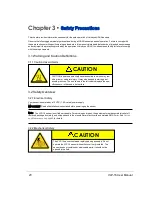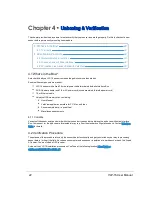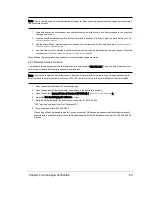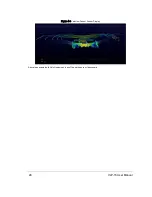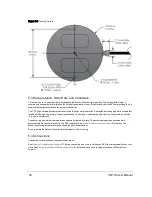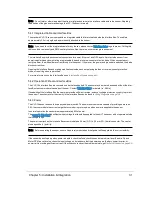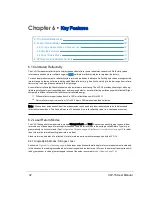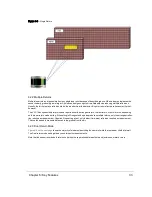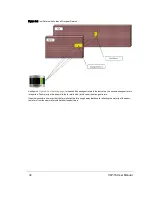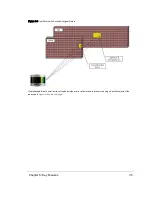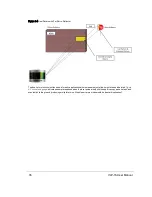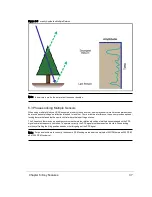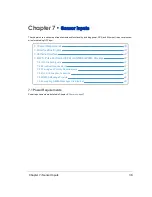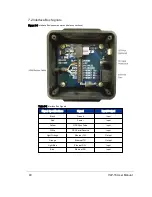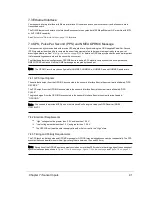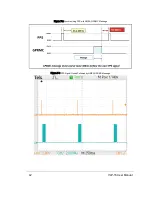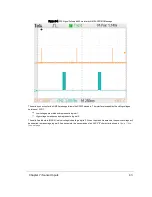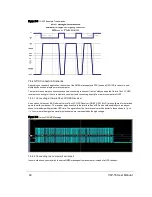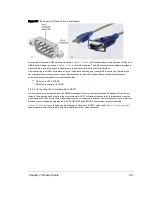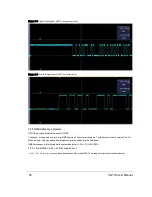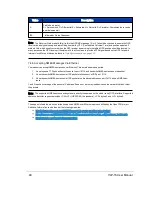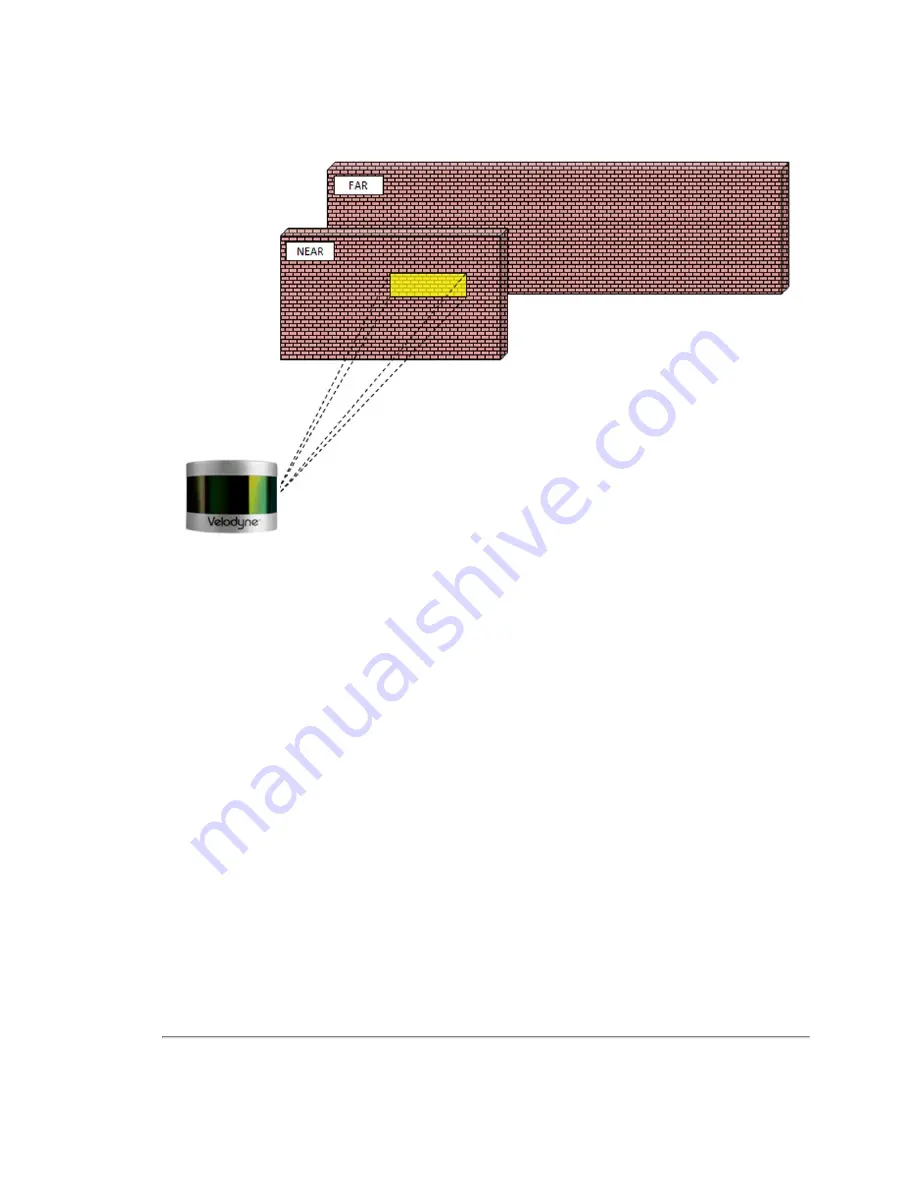
Figure 6-1 A Single Return
6.2.2 Multiple Returns
Multiple laser returns are possible from any single laser shot because of beam divergence. When a laser pulse leaves the
sensor it slowly, gradually grows larger. A pulse can be big enough to hit multiple objects producing multiple reflections.
Usually, the farther away a reflection starts, the weaker it is at the detector. Bright or retroreflective surfaces may flip that,
however.
The VLP-16 analyzes multiple returns and reports either the strongest return, the last return, or both returns, depending
on the laser return mode setting. If the setting is Strongest and a pulse produces multiple returns, only the strongest reflec-
tion results in a measurement. Likewise, if the setting is Last, only the last (time-wise) reflection results in a measurement.
This could be used to measure distances to the ground from the air.
6.2.3 Dual Return Mode
shows the majority of a laser pulse striking the near wall while the remainder hits the far wall.
The Dual return mode setting allows you obtain both measurements.
Note that the sensor records both returns only when the separation between the two objects is one meter or more.
Chapter 6 • Key Features
33


